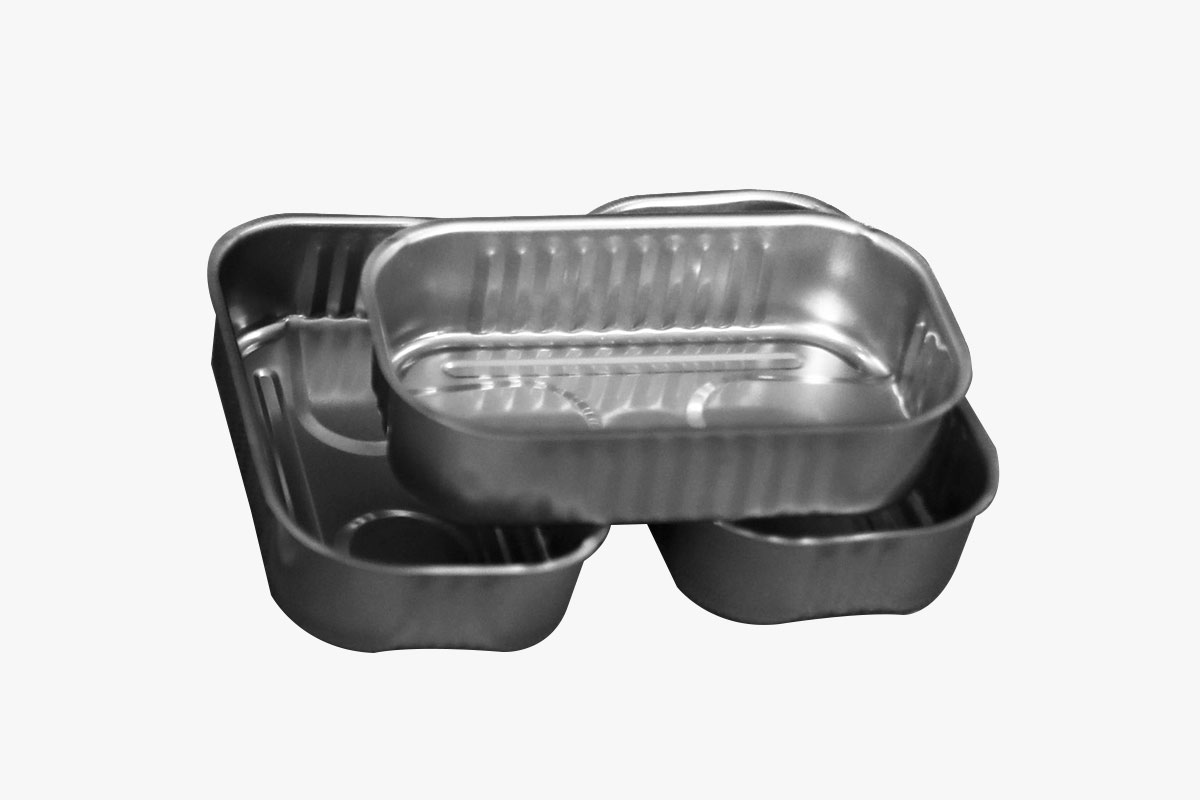

Advantages of Tin Food Containers Tin food containers a […]
Advantages of Tin Food Containers
Tin food containers are very versatile, and they come in many different sizes, shapes, and colors. Companies also use tins as a way to advertise their brand. Danish butter cookies, for instance, are packaged in beautifully painted tins. Other companies create beautiful tin cans for holidays or simply use them as decorative containers.
Tin cans are made of lightweight aluminum and are more economical to produce than traditional cans. They are also much easier to form because they are stamped out of a single thin sheet. Unlike traditional cans, however, they are more difficult to break or leak. While aluminum tins are more durable, they still do not have airtight qualities.
Another advantage to metal food containers is that they are completely recyclable. Metal cans can save billions of dollars every year by being recycled. As a result, they are the most eco-friendly food packaging option. Furthermore, metal cans are also lightweight, which makes them easy to transport and ship in bulk.
Tin food containers are also popular for a number of other uses, including the pharmaceutical industry. Unlike other materials, they can withstand acidic liquids and chemicals. This canning method makes tin cans an ideal choice for packaging pharmaceutical products. Tin cans are also cheaper to produce than other materials, like steel and aluminum. They are also more malleable than steel and can be stamped in one piece.
When used correctly, tin containers can extend the shelf life of food products. Tin plate is the most popular type of coated steel used for food packaging. The tin plate is steel that has been coated with tin on both sides. Hot dipping was used in the past, but now, electroplating is used, which allows for a different coating thickness on both sides. This process has many benefits, including improved food safety.
Tin food containers are recyclable. While most metal cans are made from tin, many are made of aluminum or tinplate steel. Cans can be recycled because the manufacturers can strip away the tin layer and reuse the steel or aluminum parts. They can also be recycled for scrap. The most common types of tin containers are 2-piece tin cans and three-piece tin cans.
There are a variety of factors that can cause corrosion of metal-food containers. Some of these factors include the type of food, the processing, and the storage conditions. While tin is considered safe for use in most food containers, high levels of tin can cause gastrointestinal disturbances. The Food and Agriculture Organization has established maximum levels for tin in solid foods and beverages. Food cans are prone to galvanic cells, which form when two metals are coupled at different dissolving potentials. This allows the formation of ions that precipitate as insoluble salts. In addition, foods containing high levels of sulfur can lead to stress corrosion cracking.
Tin food containers can be either flat or curved. Some tin containers are sealed with a screw top, which keeps food fresh and safe. They can also be reused.

Recommended Products